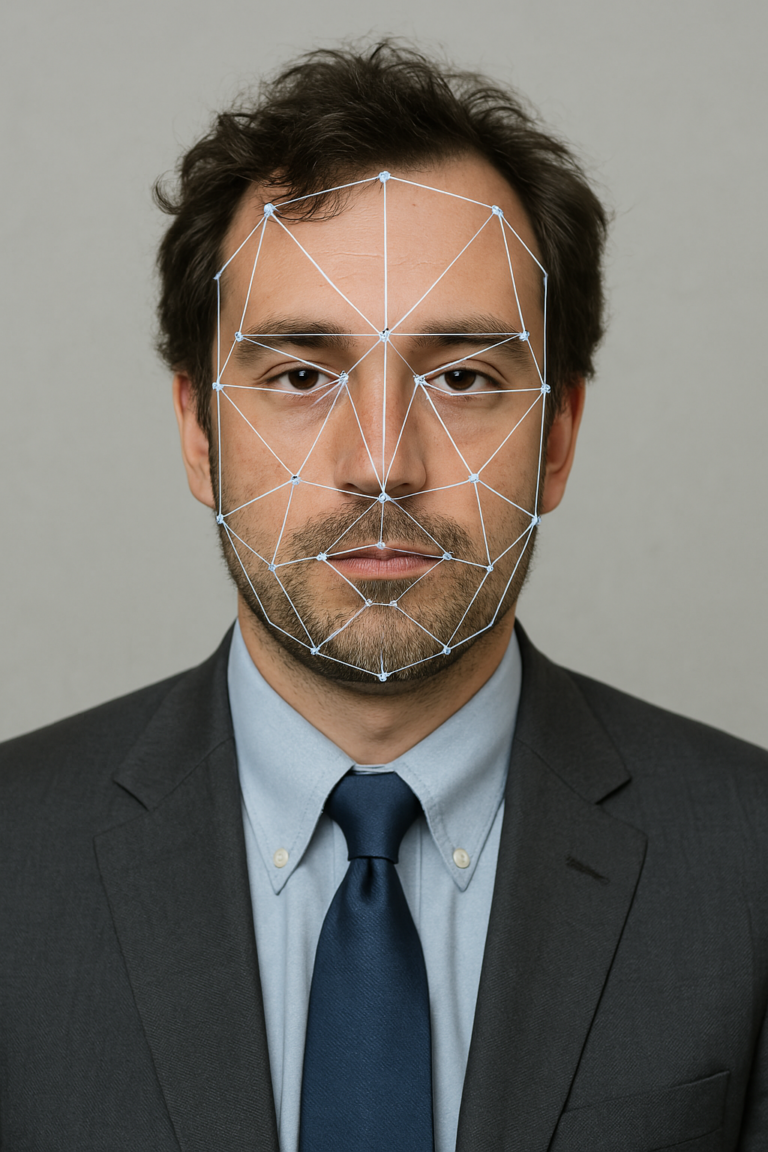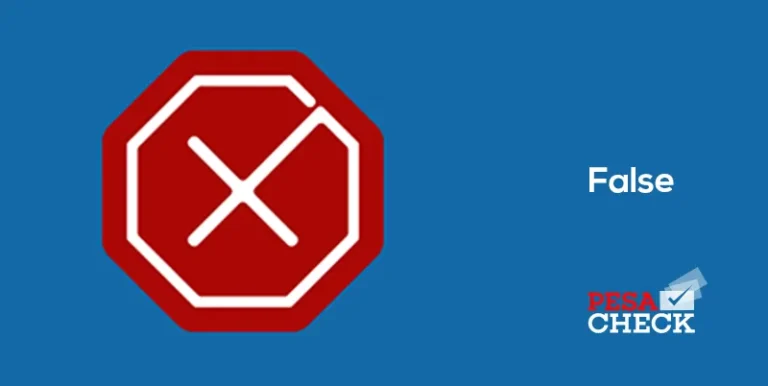
AI Fraud is Getting Personal: How Deepfakes Target Everyday Professionals
AI-generated impersonations are targeting everyday professionals — from job applicants and HR recruiters to financial advisors and insurance reps — and the consequences are both personal and business-critical.










